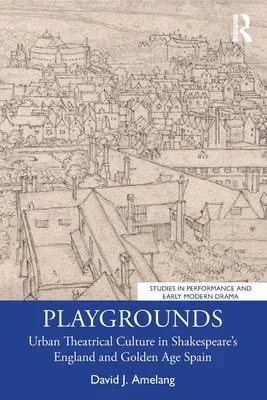This book compares the theatrical cultures of early modern England and
Spain and explores the causes and consequences not just of the
remarkable similarities but also of the visible differences between
them.
An exercise in multi-focal theatre history research, it deploys a wide
range of perspectives and evidence with which to recreate the theatrical
landscapes of these two countries and thus better understand how the
specific conditions of performance actively contributed to the
development of each country's dramatic literature. This monograph
develops an innovative comparative framework within which to explore the
numerous similarities, as well as the notable differences, between early
modern Europe's two most prominent commercial theatre cultures. By
highlighting the nuances and intricacies that make each theatrical
culture unique while never losing sight of the fact that the two belong
to the same broader cultural ecosystem, its dual focus should appeal to
scholars and students of English and Spanish literature alike, as well
as those interested in the broader history of European theatre. Learning
from what one 'playground' - that is, the environment and circumstances
out of which a dramatic tradition originates - reveals about the other
will help solve not only the questions posed above but also others that
still await examination.
This investigation will be of great interest to students and scholars in
theatre history, comparative drama, early modern drama, and performance
culture.

